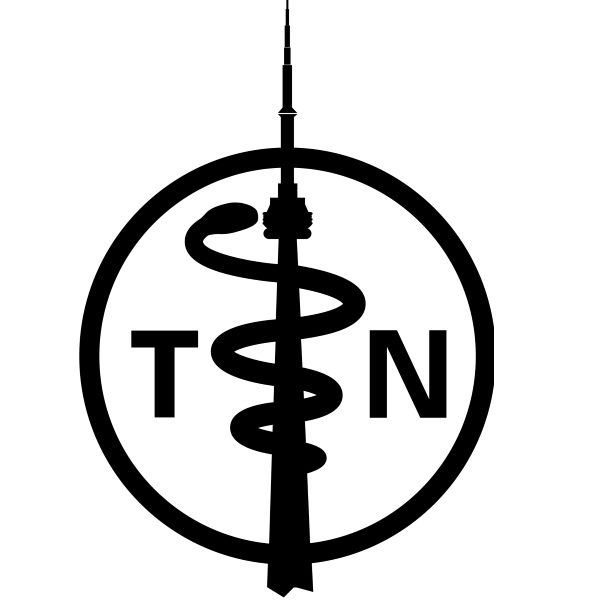Case 1 – Cranial Nerve Examination
You are seeing Mr. Grimson, a 39 year old man, for numbness of the face as well as a right facial droop. Please examine cranial nerves V and VII
Physical Examination
CN V
- Examines for light touch in all three nerve distributions (forehead, cheek, chin)
- Examines for pain/temperature in all three nerve distributions (forehead, cheek, chin)
- Palpates masseter and temporalis muscles and comments on bulk
- Tests masseter muscle power by opposing jaw opening
- Tests right and left pterygoids muscle power by opposing lateral movements of the jaw
- Tests the jaw reflex using reflex hammer
- States that the corneal reflex (afferent V, efferent VII) should be tested and explains the procedure
CN VII
Motor:
- Comments on the presence/absence of facial asymmetry/droop
- Tests frontalis by asking patient to raise eyebrows
- Tests orbicularis oculi by asking patient to tightly shut eyes (and tries to open them)
- Tests orbicularis oris by asking patient to tightly close lips (and tries to open them)
- Shows upper and lower teeth
- Puffs cheeks (and tries to deflate them)
- Shows the lower teeth only (platysmus)
- States that the corneal reflex should be tested and explains the procedure (efferent limb)
- States that lacrimation and salivation should also be tested
Sensory:
- States that taste on the anterior 2/3 of the tongue should be tested, and describes how this examination could be performed
